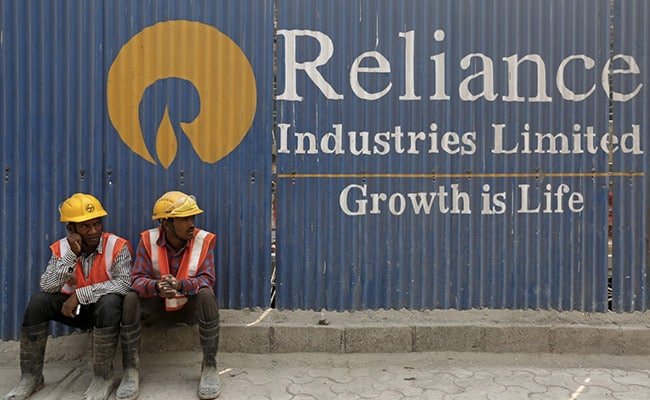As we actively pursue the policy of grabbing a slice of the global supply chain, two questions arise: One, how quickly countries can climb the export competitiveness ladder? Two, what is needed to enhance export competitiveness as countries jostle for space?
Structure of our balance of payments
Our external balance of payments shows a persistent current account deficit despite a substantial surplus on services exports and remittances received from overseas Indians, primarily due to a large merchandise trade deficit. For example, in 2021-22, the trade deficit was $191 billion. Admittedly, this was mainly due to oil imports. Even if we ignore the oil deficit, the non-oil trade deficit was substantial at $97 billion. Our trade strategy should be to turn this deficit into a surplus by increasing the competitiveness of exports of manufactured goods.
China and now Vietnam
In the late 1970s, when China opened up, its export of goods as a percentage of world trade was around 0.77 per cent as compared with India’s 0.57 per cent. Exports got a further impetus with China’s accession to WTO in 2001. In the following decades, China’s share in the global export of goods rose rapidly almost to 15 per cent by 2021, while India’s share rose slowly to 1.76 per cent. More recently, we see Vietnam gaining speed with its share rising rapidly from 0.4 per cent in 2010 to 1.5 per cent by 2021. If we benchmark the progress to the last decade, Vietnam’s performance of goods export has been remarkable, driven by high-tech exports.

World Bank data shows Vietnam has made substantial progress in terms of logistics indicators such as port turnaround time, customs clearance, timely shipment, and improvement in quality. These are important attributes for linkage to an efficient supply chain as time is of the essence for value chain export contracts.
Export strategy
Merchandise exports are more about value addition rather than producing everything that goes into exports. Essentially it boils down to cost. It is the cost of raw materials, labour, finance, and of logistics. Exporters like to procure raw materials and intermediates with the requisite quality from the least expensive source.
Exports tend to be import intensive: that is why large exporters are large importers. In this direction, the following strategy could yield quick results:
First, our focus should be on value addition. Hence high-value exports such as electronics, electrical hardware, machinery, chemicals, pharmaceuticals and automobiles may be encouraged.
Second, tariffs on imported inputs should be kept at the bare minimum. In this direction, the current Union Budget attempted to rejig customs duty to correct an inverted duty structure. Being alert to unfair trade practices and the risk of dumping is also important.
Third, the domestic input cost disadvantage could be mitigated to a large extent by providing interest rate subvention on credit and scaling up the Production-Linked Incentive (PLI) scheme. As competitiveness improves, these incentives could be scaled down. Interestingly, advanced countries where manufacturing is inherently uncompetitive are reviving industrial policy aggressively to re-shore. So, there is competition not only from peer emerging markets but also from advanced economies.
Forth, to reduce logistics costs, port-proximate export clusters may be scaled up. Such clusters should well be equipped with basic infrastructure such as power, water and sewage.
Fifth, efforts should continue to attract leading export firms and products to our shores: iPhone is being a good example.
It is possible
It is possible to rapidly climb the export competitiveness ladder. Our vast labour force with low unit labour cost coupled with current global geopolitical conditions affords us the opportunity. But this will require timely and focused attention on multiple fronts.
(The author is Chief Economic Advisor, FICCI, and former ED, RBI. Views expressed are personal)
Disclaimer: Views expressed are personal. They do not reflect the view/s of Business Standard.
source
The post is published through a syndicated feed and attributed to Business Standard






